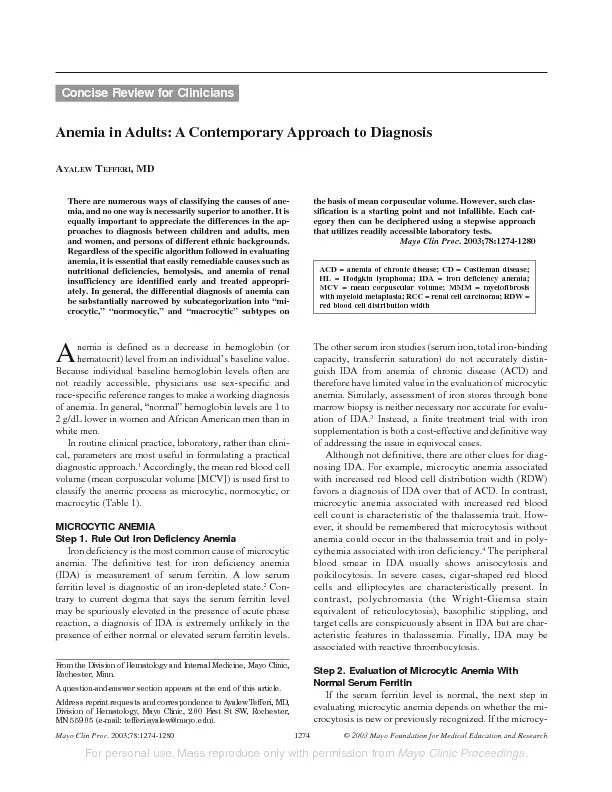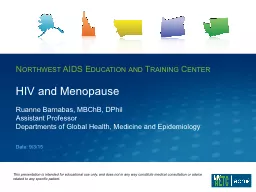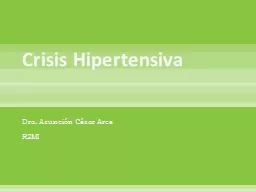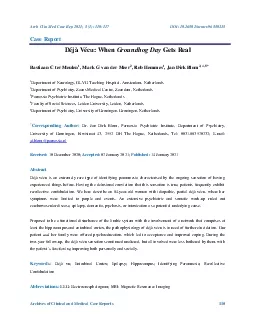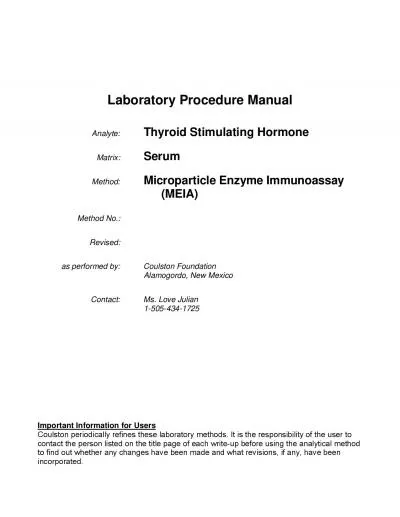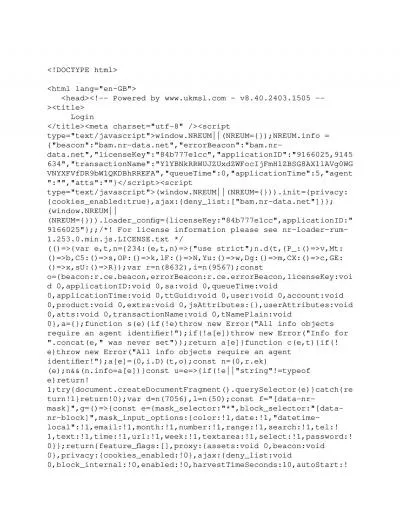PDF-J Clin Case Rep 2013 37
Author : grace3 | Published Date : 2022-08-16
Case Report Journal of Clinical Case ReportsOpenAccess using online manuscript submission review and tracking systems of Editorial Tracking system for quality and
Presentation Embed Code
Download Presentation
Download Presentation The PPT/PDF document "J Clin Case Rep 2013 37" is the property of its rightful owner. Permission is granted to download and print the materials on this website for personal, non-commercial use only, and to display it on your personal computer provided you do not modify the materials and that you retain all copyright notices contained in the materials. By downloading content from our website, you accept the terms of this agreement.
J Clin Case Rep 2013 37: Transcript
Download Rules Of Document
"J Clin Case Rep 2013 37"The content belongs to its owner. You may download and print it for personal use, without modification, and keep all copyright notices. By downloading, you agree to these terms.
Related Documents




